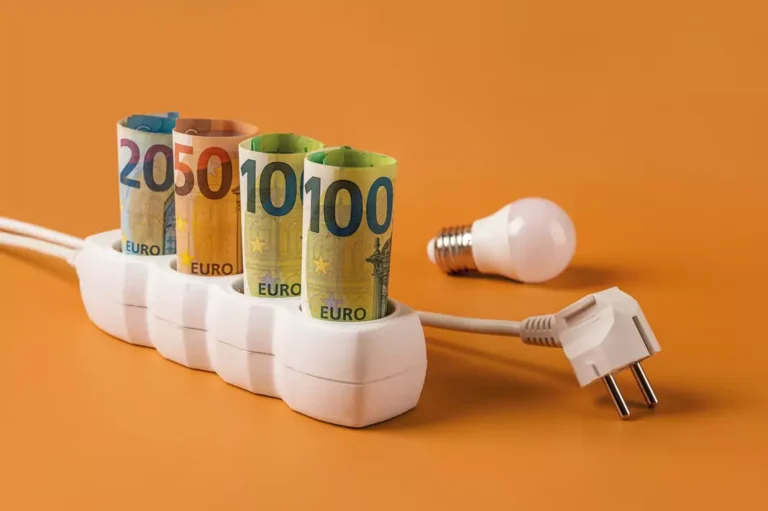Nearly one in three households in Romania’s Northeast region is unable to meet basic energy needs due to financial hardship, according to data released by the Romanian Energy Poverty Observatory (ORSE). An estimated 30.8% of households in the region are forced to reduce or avoid energy usage altogether, with a similar situation seen in the Southwest Oltenia region, where 29.4% report the same struggle.
In contrast, energy poverty is less severe in other parts of the country. Fewer than 20% of households in the Southeast (19.1%), South Muntenia (19.2%), Central (18%), Northwest (14.9%), and West (11.4%) regions are affected. The lowest rate is in the capital region of Bucharest-Ilfov, where just 8.8% of households report being unable to cover their energy needs.
The financial burden of energy costs, defined as spending more than 10% of household income on energy, is particularly high in some regions. In the West, 40% of households experience this burden, followed by South Muntenia (38.8%) and the Southeast (35.7%).
Despite a modest decline in the number of households dedicating more than 10% of their monthly budgets to energy, from 37.3% in 2021 to 34% in 2023, energy poverty remains a major issue in Romania. Alarmingly, about 10% of households find themselves with no money left for essentials like clothing and medicine after paying energy bills.
The causes of energy poverty are complex and interconnected, including low income levels, high energy prices, and inefficient consumption. These issues often overlap with broader social vulnerabilities.
ORSE emphasizes that tackling energy poverty will require a multifaceted approach: upgrading inefficient housing, improving access to renewable energy sources, enhancing coordination among authorities, and providing targeted financial support to the most vulnerable populations.











